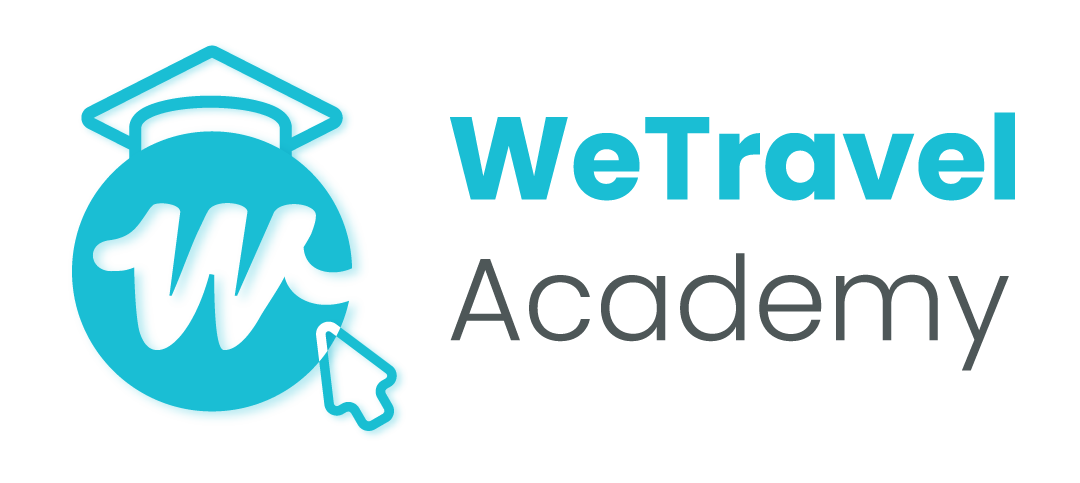A Look At How Countries Around The World Are Opening Up Tourism Again
While the peak of COVID-19 infections is still looming for many countries across the world, others are showing early signs of the road to normalcy.
With restrictions lifting, travel is now possible in some places, either within closed borders or in some cases, internationally.
Many of the countries who are welcoming back international visitors are doing so cautiously, allowing in travelers from select countries which form part of a ‘travel bubble’ or ‘travel corridor’.

How easy or otherwise it is to travel varies country by country. In some places, a negative test is required before flying. Others have protocols that insist on quarantine upon arrival. The good news is that, although most of Europe is still off-limits to travelers from the U.S., there are several countries and islands closer to home that are welcoming its citizens with the necessary precautions.
To give travel companies an idea of how some countries who do have open borders are currently going about allowing visitors in (July 2020), we have collected insights from the internet. Each country is in different stages of opening with attractions, accommodation, beaches, parks, restaurants, bars, and other entertainment available to varying degrees.
Keep in mind that the situation changes daily, so be sure to check with the relevant authorities before making any travel plans. Also, note that the CDC has issued a Global Level 4 Health Advisory (Do Not Travel).
We have included links to relevant authority/immigration/tourism websites for your information.
How Countries Are Opening Up For Tourism
In alphabetical order:
Antigua and Barbuda
Visit Antigua and Barbuda: https://visitantiguabarbuda.com/travel-advisory/
Antigua and Barbuda are open to all travelers. All travelers have to present a negative COVID-19 RT-PCR test taken within 7 days of their flight and will be screened on arrival at the airport.
Visitors will also be monitored for symptoms by authorities for a further 14 days. During this time, they may be required to undergo further testing as determined by health authorities. If that is the case, travelers are required to self-isolate for 96 hours for the test results.

Aruba
Official Tourism Website: https://www.aruba.com/us/traveler-health-requirements
Aruba has opened its doors to nearby Caribbean islands, more recently Canada and Europe, and as from the 10th of July, to the U.S.
Travelers will have to provide proof of a negative test from the last 72 hours to be admitted to the country.
Cambodia
U.S. Embassy in Cambodia: https://kh.usembassy.gov/covid-19-information/
Cambodia is open to international visitors. Currently, foreign travelers are required to submit a $3,000 deposit at the airport to cover mandatory testing on arrival and potential treatment costs. They must also show proof of medical insurance worth at least USD50,000.
In addition to the mandatory airport test, travelers have to wait to receive results before being released. They must also have a negative medical certificate that is not more than 72 hours old, as well as undergo 14 days of quarantine at their lodging or home under authority supervision.
Croatia
Croatian Institute of Public Health: https://mup.gov.hr/uzg-covid/english/286212
Since mid-June 2020, the EU began opening its borders internally to allow holiday travel for its residents. However, each country is able to restrict or advise against travel as necessary.
Although Croatia has opened borders to the EU, it has been recently tagged with a possible resurgence of cases, with countries such as the Netherlands advising against travel there for the time being.
U.S. citizens are allowed entry for business or tourism purposes. The conditions are that travelers have to produce proof for their trip, for example, an accommodation booking.
All visitors are required to fill out this declaration form. Those from outside the EU and EEA area must bring with them a negative PCR test, not older than 48hours. Failure to produce the test means travelers will have to quarantine/self-isolate for 7 days and take a test at their expense.
If they don’t present the negative test and refuse to be tested, they have to quarantine/self-isolate for 14 days.
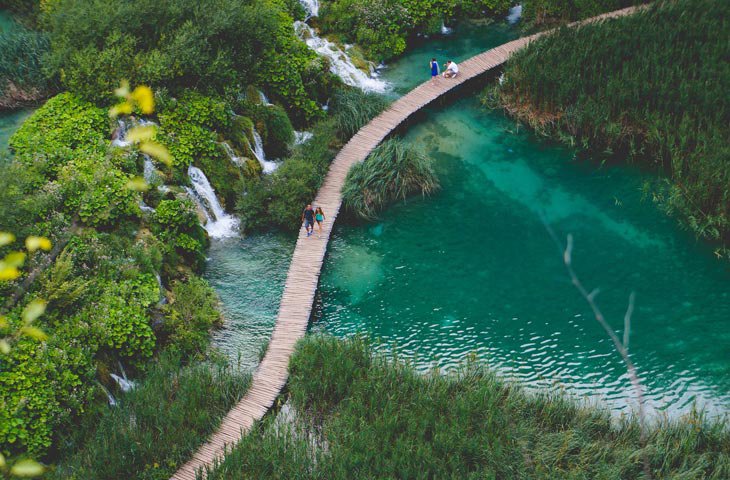
France
U.S. Embassy in France: https://fr.usembassy.gov/covid-19-information/
Although France is still closed to U.S. citizens, it has opened up its borders to the EU as well as many other non-EU countries.
Currently, there is no quarantine or self-isolation period required for anyone incoming from one of the pre-approved countries. There is screening at the entry points though.
Germany
German Ministry of the Interior: https://www.bmi.bund.de/EN/home/home_node.html
Like France, Germany is open for tourism to many EU, EEA, and third party countries. However, the U.S. remains banned. There are no isolation or quarantine requirements for entry for those who are allowed in.
Greece
Greek public service website: https://travel.gov.gr/#/
Greece too is open for tourism to the EU, EEA, and select third-party countries, but not the U.S.
All travelers entering the country have to complete a Passenger Locator Form, which based on an algorithm, will determine whether the person is eligible for testing on arrival or not.
Those who enter and don’t get tested are free to proceed. Anyone tested needs to take the relevant social distancing precautions for 24 hours until the results are received.
Iceland
Iceland Directorate of Health website: https://www.landlaeknir.is/koronaveira/english/
Iceland has opened its travel bubble to visitors from the EU, UK, Schengen, and select third-party areas making testing on arrival mandatory. Tests cost around 15,000ÍSK each and anyone who forgoes this is required to quarantine for 14 days.
Ireland
Department of Foreign Affairs and Trade: https://www.dfa.ie/travel/travel-advice/coronavirus/
Like the U.K., Ireland hasn’t closed its borders to non-essential travel. Arrivals from countries on its ‘safe list’ no longer have to undergo a 14-day quarantine., but this list currently excludes the U.S. Travelers from here will have to stay in for the two weeks before they can move around.
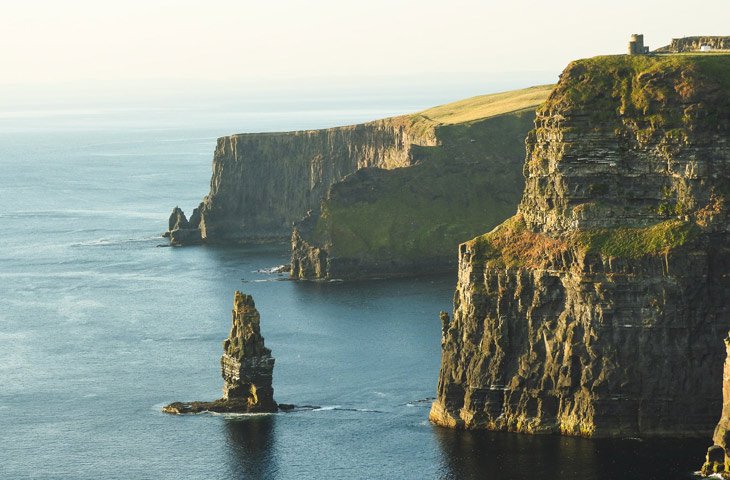
Italy
U.S. Embassy in Italy: https://it.usembassy.gov/covid-19-information/
As is the case with many of the European countries, Italy has a travel bubble that extends to visitors from the EU, certain countries in the EEA, and 9 other countries outside of that.
Visitors do not have to undergo self-isolation under the watch of authorities on arrival unless coming from a high-risk area. Neither do they have to present a negative test, although they will be screened at the entry point.
Visitors should also be aware that there are some regional regulations and restrictions, as certain parts of the country are still experiencing a surge in cases.
Jamaica
Official tourism website: https://www.visitjamaica.com/
A travel authorization from the Visit Jamaica website (above) is required to visit the island nation. However, it is open to all international travelers who can meet certain conditions.
People coming from specified high-risk areas have to present a negative medical test certificate not older than 10 days. They may be tested at random on arrival as well. Anyone tested has to remain in isolation at their hotel until the results are received.
Maldives
National Tourism Office of the Maldives: https://visitmaldives.com/en/covid19-updates
On July the 15th, the Maldives opened its borders in full to the world with no quarantine requirements. The only measures in place include travelers are required to book their stay in full with one approved resort, with no transit options aside from moving to and from the airport.
There will be screening at the airport as well.
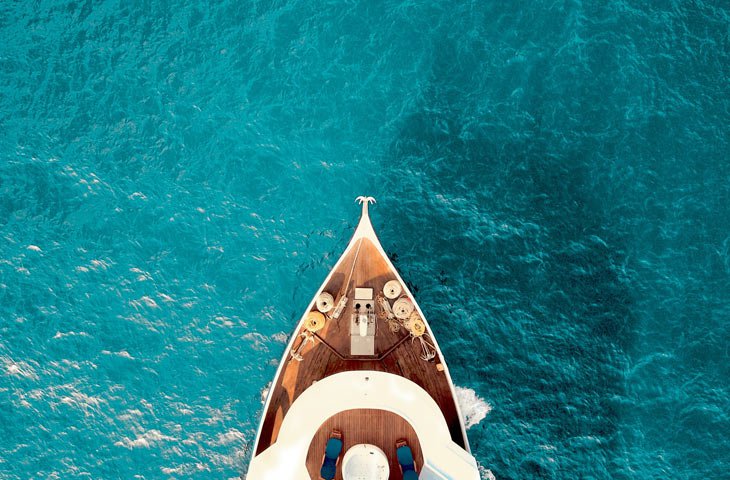
Mexico
U.S. Embassy in Mexico: https://mx.usembassy.gov/travel-restrictions-fact-sheet/
The land border between Mexico and the U.S. remains closed to non-essential travel. However, according to the U.S. embassy website, this doesn’t apply to air, rail, or sea travel at this time.
There are regular flights from the U.S. going into some of the major cities, with several popular tourism spots now open. The country has implemented a ‘traffic light’ system for the individual states, which determines when each state can reopen based on the number of COVID cases in the area.
While there are no quarantine or isolation requirements for visitors, there is screening at the airports.
Portugal
U.S. Embassy in Portugal: https://pt.usembassy.gov/covid-19-information/
Mainland Portugal is in phases of reopening to travelers from the EU, EEA, and select third-party countries. Certain exceptions do allow U.S travelers to undertake essential travel to the country, see the consulate website for more details.
There aren’t any compulsory quarantining measures in place, but visitors will be subjected to screening. Those wishing to visit the Azores or Madeira will have to present a negative test taken in the last 72 hours.
Romania
U.S. Embassy in Romania: https://ro.usembassy.gov/covid-19-information/
Romania has been stricter with its lockdown restrictions. That said, borders are now open to the EU, EEA, and third party countries who fall into its travel bubble.
Within the travel bubble, countries have been classified into a green and yellow zone. People entering from the green zone are free to proceed without having to test or undergo quarantine. Those from the yellow zone can enter but have to quarantine for 14 days.

Spain
Spain’s official tourism site: https://www.spain.info/en/discover-spain/practical-information-tourists-covid-19-travel-spain/
Along with its European counterparts, Spain has kept its travel bubble to certain EU, EEA, and UK countries.
There are no quarantine requirements, but visitors have to undergo a 3 point check consisting of completing an FCS health control form before arrival, then undergoing temperature screening and a visual health assessment on arrival.
St. Lucia
Saint Lucia.org: https://www.stlucia.org/en/covid-19/
Saint Lucia is open to all travelers. Those coming from the Caribbean travel bubble do not need to present a negative PCR test from the last 7 days. Everyone else is required to present one on arrival.
Everyone has to complete a Pre-Arrival Travel Registration form which will expedite their processing on arrival. Screening will also be done at the airport.
Travelers who aren’t from the travel bubble have to stay in approved COVID-19 accommodation for the length of their stay. They also have to remain on the property for the duration of their stay and can undertake activities provided by the hotel.
Turkey
U.S. Embassy in Turkey: https://tr.usembassy.gov/covid-19-information-2/
Turkey is now welcoming all visitors with only screening measures at the airport and wearing face masks as the entry requirement. Anyone who shows symptoms will have to have a PCR test, after which if they test positive will be moved to a facility determined by the Ministry of Health.
Hotels and accommodation providers have to follow set health and safety guidelines.
UK
UK Government website: https://www.gov.uk/uk-border-control
The UK has kept an open border policy, although until recently, all travelers were required to quarantine for 14 days on arrival.
Currently, visitors from certain 'safe' countries no longer have to do this, while those with a higher caseload, including the U.S., still have to undergo quarantine. Non-compliance runs the risk of being fined up to £1,000 with possible further action taken against you.
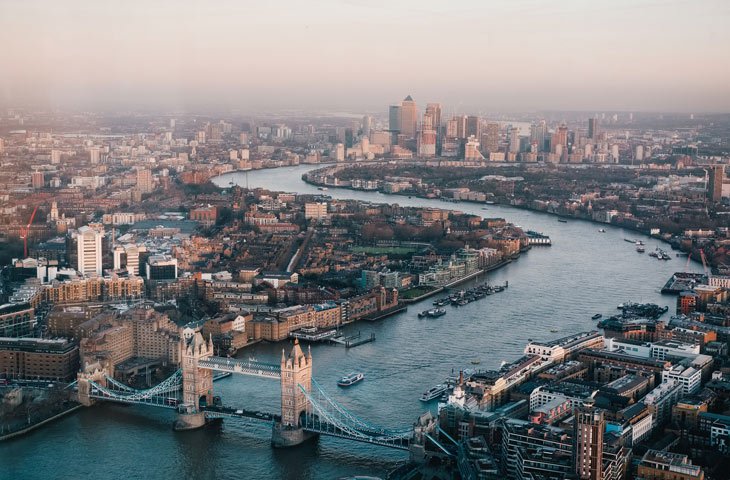
U.S. Virgin Islands
Visit USVI: https://usviupdate.com/
The U.S. Virgin Islands are open to travelers from the United States. Airports are open, performing screening and health checks on new arrivals.
Anyone from a U.S. state with a higher than 10% infection rates must bring a negative PCR check not older than 5 days to present to authorities.
It is also recommended, although not required for people coming from a state with 7.5% and higher infection rate to bring a negative test.
Zanzibar
U.S. Embassy in Zanzibar: https://tz.usembassy.gov/covid-19-information/
All travelers are free to visit Zanzibar as it has opened its doors for tourism. There are no quarantine requirements on arrival, although visitors will have to undergo screening and provide proof of medical insurance.
In Conclusion
We hope that this list has given you ideas on where might be a suitable place to plan the next trip for your clients. As the situation does change daily, it's best to check in with the relevant authority websites for the latest news.
Kayak’s resource page also provides a good overview of the latest information.
In case you missed our webinar with Sansee Systems on hygiene and safety for tour operators and their clients when they reopen, find the information here. It could also be useful for your planning.
New resources, straight to your inbox
We’re committed to your privacy. WeTravel uses the information you provide to us to contact you about our relevant content, products, and services. You may unsubscribe at any time.

